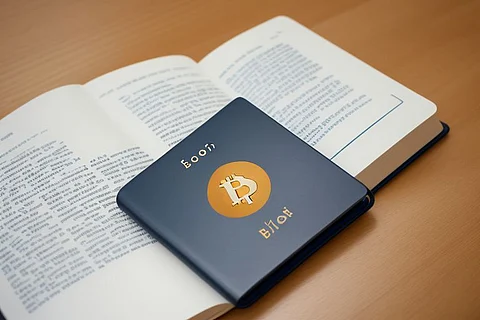

The Ordinals are the phenomenon of the moment. In December 2023, Ordinals' daily trading volume exceeded $36 million and more and more exchanges offer services to create and mint this type of non-fungible tokens. Opinions for and against this method of recording data on the Bitcoin network have one thing in common: they consider it a new technology whose noticeable effects are only beginning to be felt.
Are Ordinals really new? The method based on the Theory of Ordinals to record data within Bitcoin accounting is a novelty. But writing arbitrary information into Bitcoin is as old as the first Bitcoin block, introduced by Satoshi Nakamoto himself.